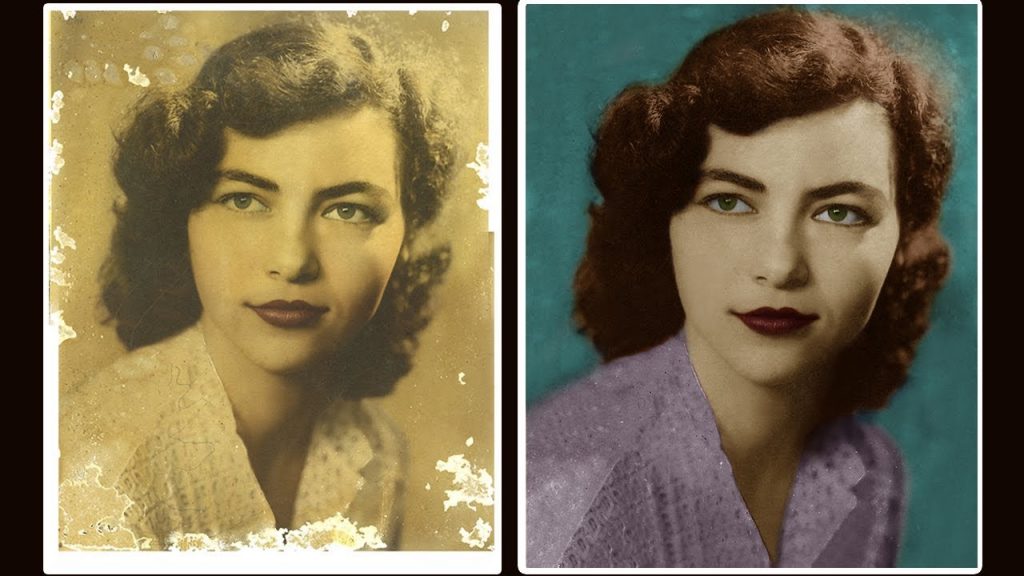
Step 1: Open photo and adjust contrast
Open the photo in Photoshop and make any necessary tweaks to exposure and contrast to make it brighter using Levels or the more advanced Curves.
Step 2: Select the wing
Make a selection around the left-wing. You can use either the lasso or marquee tool. It doesn’t have to be accurate we’ll tidy it up later. I used the Polygonal Lasso and cut through the centre of the butterfly’s body to make it easier to match up with the other half later.
Step 3: Copy and Paste the selection
Copy the selected butterfly wing (Ctrl+C) and paste it onto a new layer (Ctrl +V) The photo will still look the same but a new layer will have been created with the wing cut out surrounded by chequered pattern. This pattern indicates transparent pixels and will allow the layer below to show through.
Step 4: Flip the wing
Now go to Edit>Transform>Flip horizontally and you will see the wing flip so it appear to be a right hand wing.
Step 5: Adjust the position
Now with Edit>Free Transform (Ctrl+F) selected rotate the wing and move it into position over the existing right hand wing so it matches the left and looks realistic. Make sure the butterfly’s body is positioned so it looks about the right thickness. You can reduce the opacity of the upper layer to make it easier to match if you need to.
Step 6: Create a layer mask
Now create a layer mask on the wing layer. Layer>Layer Mask> Reveal All. This puts a white rectangle icon at the side of the layer in the layer palette (circled in red in our illustration below) . Click in the centre of this to activate the mask.
Step 7: Erase unwanted detail
Select the Eraser tool, making sure the foreground/background colours are set to white/black. The D key resets the colours. When the background is set to black the eraser will remove (mask) the image when you paint. If the background is white it will paint the layer back by removing the mask. The X key switches between black and white so you can paint or erase the mask quickly and easily. Select a large brush size (see dotted circle on illustration) and paint around the butterfly wing to remove its background. Use the large brush on the outer area and select a smaller size for the detail near the edge of the wing. Magnify the image on screen to remove the detail closest to the wing. If you accidentally paint over the wing X key and paint it back. Do this for the entire area around the wing.
Step 8: Clone out the duplicate background areas
Notice that the masked wing now reveals a section of the wing from the layer below. We can get rid of this by selecting the lower layer and using the Clone Stamp tool. I sampled from the cross and cloned, using a brush the size of the circle, in the direction of the arrow.
And here’s the finished photo with a neat and symmetrical butterfly.

